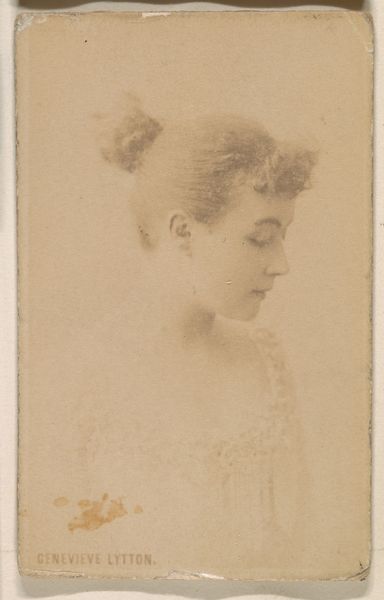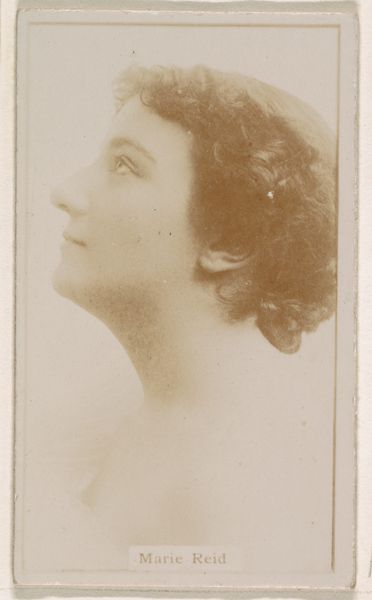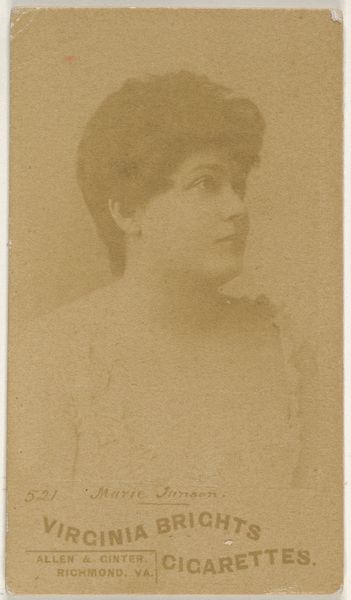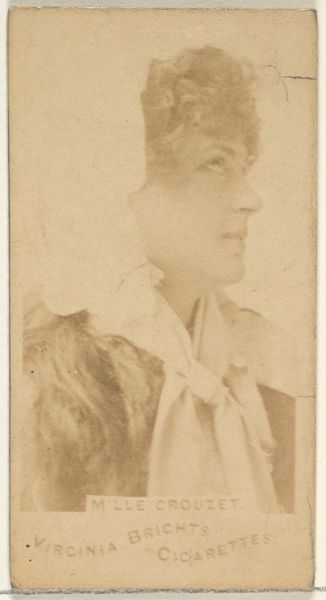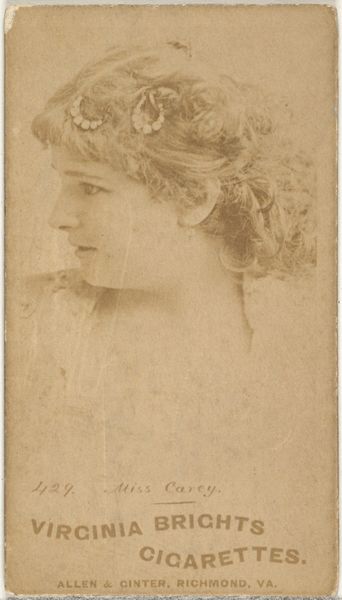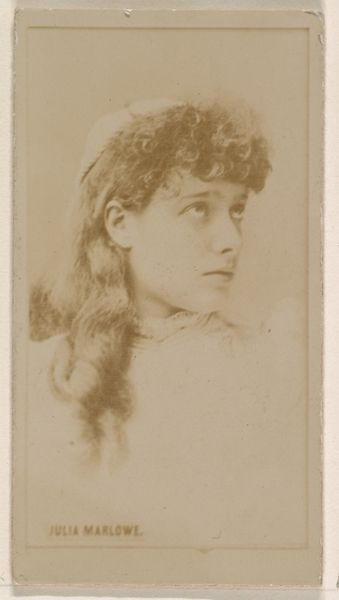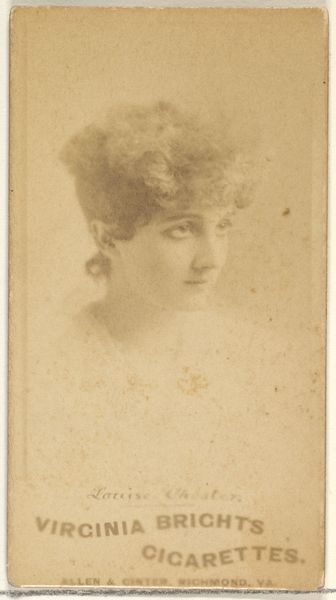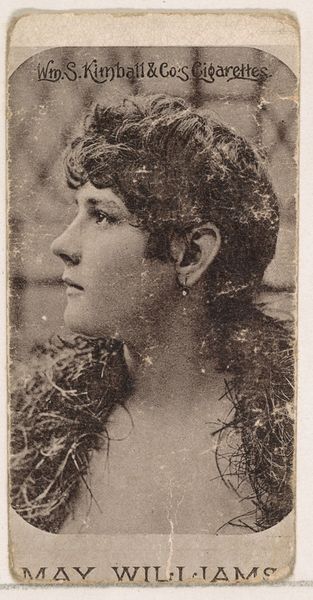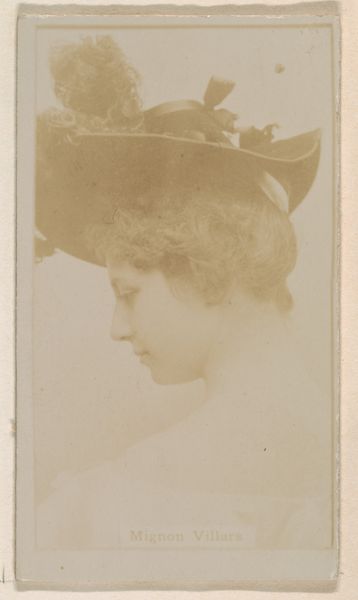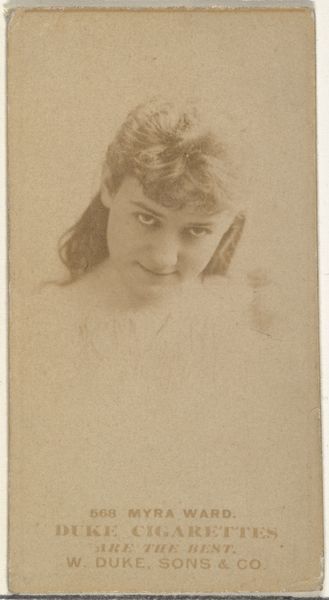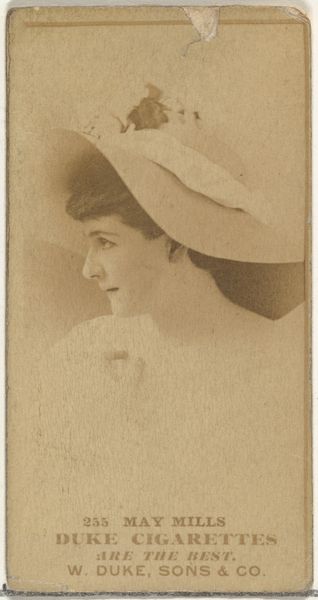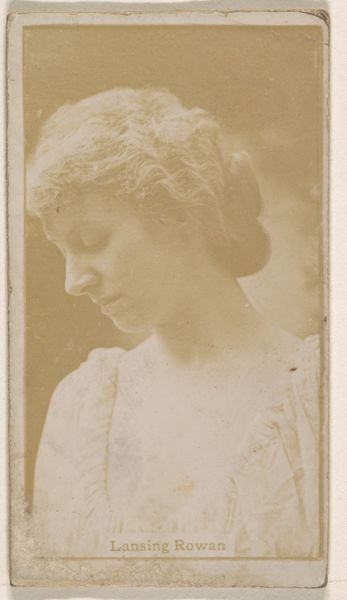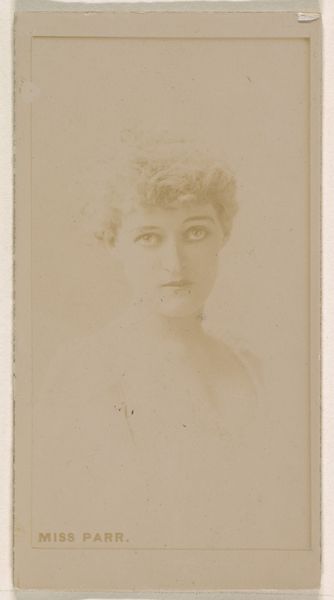
drawing, pencil
#
portrait
#
drawing
#
pencil sketch
#
charcoal drawing
#
figuration
#
portrait reference
#
pencil drawing
#
portrait head and shoulder
#
pencil
#
animal drawing portrait
#
portrait drawing
#
facial study
#
fine art portrait
#
realism
#
digital portrait
Copyright: Public Domain: Artvee
Curator: This pencil drawing, "Head of a Woman," was created by Thomas Wilmer Dewing sometime after 1894. Editor: There's an ethereal quality to it; she almost seems to emerge from the paper. It is almost monochromatic, though with varied tonal range and gradients. It's more than just a portrait. Curator: Absolutely. The image feels deeply personal, less about capturing an accurate likeness and more about conveying a feeling or impression. Note how her gaze is directed beyond the frame; there’s something otherworldly about her countenance. The slight upturn of her lip speaks to resilience and the endurance of the feminine archetype. Editor: Yes, it's almost as if Dewing isn’t just drawing her; he's evoking her essence. Look at the blending of light and shadow—the contours are soft. The materiality, or perceived lack thereof, gives her an almost uncanny appearance. There's minimal detailing, which heightens the mystery. Curator: I'm particularly struck by the historical period and its echoes into modern portrayals of femininity. Even a seemingly simple study in pencil transcends mere technical skill, reflecting our evolving understanding of female archetypes within cultural memory. Editor: It's a haunting image precisely because of its quietude. There's a balance, almost perfect compositional structure—even though it's a simple head-and-shoulder composition. It's a striking example of formalism; the artist is using form, material, composition, and visual space to reveal an expression of the artist's mind. Curator: Considering Dewing's position within the artistic landscape of his time, his ability to tap into the complex visual language of portraiture reminds me of its historical persistence in how we understand female iconography through art history. Editor: I'll remember it because it showed me that simple line and tone can convey a complexity and ambiguity not commonly encountered in art.
Comments
No comments
Be the first to comment and join the conversation on the ultimate creative platform.
